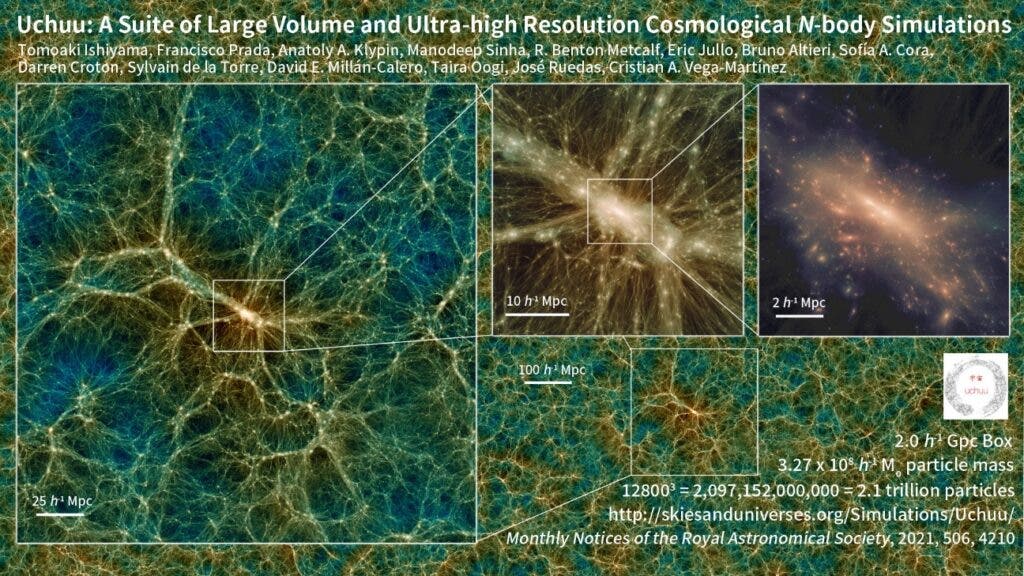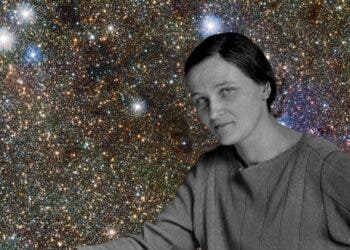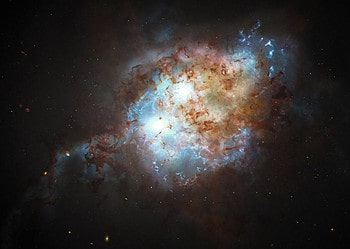A team of international researchers led by members at the National Institutes of Natural Sciences in Tokyo wants to put the universe in the palm of your hand.

The Universe is a really big place, which can make understanding it a bit difficult. What would definitely help in this regard would be a simulation encompassing it in its entirety — which is exactly what the researchers did. Named Uchuu (“Outer Space” in Japanese), this is the largest and most realistic simulation of the Universe to date, consisting of 2.1 trillion particles spread across a simulated cube whose side is 9.63 billion light-years.
A digital new world
The simulated universe is the product of a collaboration between researchers from Japan, Spain, the U.S.A., Argentina, Australia, Chile, France, and Italy. ATERUI II, the most powerful supercomputer dedicated to astronomy in the world, was used to produce Uchuu, an effort that still took a full year.
“To produce Uchuu we have used […] all 40,200 processors (CPU cores) available exclusively for 48 hours each month. Twenty million supercomputer hours were consumed, and 3 Petabytes of data were generated, the equivalent of 894,784,853 pictures from a 12-megapixel cell phone,” explains Tomoaki Ishiyama, an associate professor at Chiba University who developed the code used to generate Uchuu.
The intended purpose behind Uchuu is to give astronomers a new tool to understand the results of Big Data galaxy surveys. This type of research simply generates immense quantities of data and making heads and tails of it all can become quite difficult.
But Uchuu’s sheer scale can, counterintuitively, help researchers parse this data much more easily. The side of the simulated square, of 9.63 billion light-years, is around three-quarters of the estimated distance between the Earth and the farthest galaxies we can currently observe. This provides the context for researchers to study the evolutionary history of the Universe on a scale that was previously impossible.
Obviously, the software isn’t perfect, nor does it simulate an entire Universe in complete detail. It focuses on the large-scale structures that defined its history and evolution. The team explains that they focused on the large-scale structures formed by dark matter (known as ‘halos’) which control processes such as the formation of galaxies, instead of relatively smaller structures such as stars.
This focus on the large scale comes down to technical constraints. Uchuu aims to simulate almost 13.8 billion years of the history of the Universe, roughly from the Big Bang up to today.
“Uchuu is like a time machine: we can go forward, backward and stop in time, we can ‘zoom in’ on a single galaxy or ‘zoom out’ to visualize a whole cluster, we can see what is really happening at every instant and in every place of the Universe from its earliest days to the present, being an essential tool to study the Cosmos,” explains Julia F. Ereza, a Ph.D. student at the Institute of Astrophysics of Andalusia (Instituto de Astrofísica de Andalucía / IAA-CSIC), who uses Uchuu for their research.
The end of this process is, essentially, a recording of all the computations ATERUI II performed during this time. This shows the evolution of dark matter haloes in a 100-terabyte catalog, one which you can download and browse at your own leisure — if you have the disk space to spare, which most of us here don’t.
But fear not! The catalog is also publically available on the cloud thanks to the IAA-CSIC (link at the bottom of the page). Future releases will include catalogues of virtual galaxies and gravitational lensing maps.






